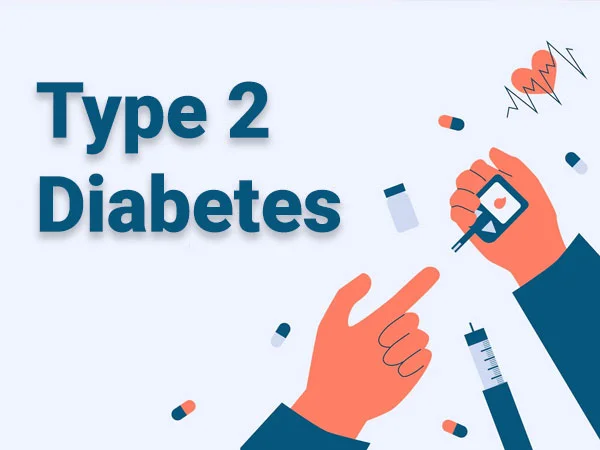Physical Therapy in Sports Medicine
Physical therapy is an important part of treating injuries or surgeries and managing medical conditions. While it can help people of all ages who have limited flexibility or functionality due to health problems or injuries, physical therapy is also particularly effective in sports medicine.
Table of Contents
What is Sports Medicine?
Sports medicine involves the diagnosis, treatment, and prevention of medical injuries or conditions in individuals who are active in sports. Sports medicine focuses on health problems that are caused during or by sports. It may sound like something only professional athletes need, but it is also beneficial in treating children who play sports in schools or extracurricular activities, as well as adults who play sports recreationally.
Sports medicine focuses on helping people reach their body’s maximum capabilities so they can perform at their best in the safest way possible. When an injury occurs or a condition develops, sports medicine focuses on treating these problems so that the patient can return to their original health and continue playing sports.
What is Physical Therapy?
Physical therapy involves the diagnosis, treatment, and prevention of injuries or conditions through physical methods such as exercise, massage, and physical training, rather than through drugs or surgery. It involves healing and strengthening the body to increase functionality. Physical therapists understand how the body’s muscles, tendons, ligaments, and tissues work together and create plans tailored to each patient’s needs. For example, if someone needs to increase the flexibility of their knee, a physical therapist will customize a physical therapy plan consisting of stretching, exercise, and massage to promote flexibility.
Physical therapy is a great treatment option for individuals after injury or surgery, or for any individual with conditions such as arthritis. Initially, Medicine with rest is important to heal the injured body parts. When the body has sufficiently healed, physical therapy is an added treatment method that helps the body return to normal functionality by increasing flexibility, strengthening muscles, tendons, and ligaments, and building endurance.
Physical Therapy in Sports Medicine
Most individuals who play sports have probably completed some type of physical therapy during their lifetime. Physical therapy is a critical component in the treatment of individuals who play sports because it focuses on strengthening and increasing the flexibility of the body, which helps individuals perform better on the field. In fact, many athletes do physical therapy to prevent injury rather than waiting to participate in it after an injury occurs. It is important to understand that physical therapy in sports medicine is not the same as other types of physical therapy for post-operative or post-traumatic individuals.
Sports medicine is a specialized field of medicine, and similar to physical therapy in sports medicine, it is a specialized therapy. Professional physical therapists who specialize in sports medicine understand the nuances of active individuals, and the nature of sports-related injuries, conditions, and surgeries, and are skilled at helping individuals heal and strengthen themselves. In sports medicine, physical therapists focus on treating individuals so they can return to their game and also teach them how to prevent re-injury. They use sports training specific to the individual and their sport.
If you are interested in sports medicine or physical therapy, it is important to find experienced and reputable doctors and physical therapists to work with. The doctors and physical therapists at Total Orthopedic Care have specialized training and experience working in sports medicine and physical therapy.
Physical Therapy: Assessment and Evaluation
Before the physical therapist can create an action plan for the athlete, the therapist first performs an assessment. This assessment includes an assessment of pain if there is current pain. During a pain and injury assessment, a physical therapist will find the root cause of where the pain is coming from and provide a diagnosis to properly treat it.
After the pain has subsided, they may include functional and mobility testing to determine weaknesses and where improvement could be made. This testing will most likely include video and playback to assess the areas of the body that are most susceptible to stress during specific sports movements. For example, if a sport requires a lot of jumping and stress on the knee, a physical therapist will look carefully for signs of weakness in that area. These weaknesses might lead to injury, which is why assessing the biomechanics of each individual athlete is important for prevention.
Prevention of Sports Injuries
Unfortunately, most athletes come to a physical therapist when they are already injured or in pain. However, one of the greatest benefits for physical therapists in sports medicine comes with the prevention of sports injuries. Physiotherapists have a deeper understanding of exercise, physiology, and biomechanics. Therefore, they are highly qualified to recognize muscle instability and weaknesses that can lead to injury.
They can also devise a preventative program that includes proper warm-ups and cool-downs, as well as specific exercises. Not only that, they educate athletes about proper posture and movement through tests such as running gait analysis, injury risk assessment, or functional testing. When physical therapists are part of a sports team, they often spend time educating the coach and staff. They are also open to answering any questions from interested parents.
Having a physical therapist as part of a sports team can also benefit athletes in catching injuries early. They can easily tell if the athlete has changed their posture or seems to favor a body part. Both of these symptoms can indicate impending injury. Spotting this early can mean the difference between missing practice or a game or the entire season. While having a trained physical therapist, an athlete can have the opportunity to maintain muscle strength. They will also be able to improve or correct biomechanical or functional weaknesses.
Athletic Trainers and Physical Therapists
For the prevention and treatment of athletes, many times the physiotherapist will work closely with athletic trainers. Athletic trainers also specialize in the prevention, recognition, and rehabilitation of sports-related injuries. They are often closely involved in the patient’s treatment plan and may even work with sports organizations. When physiotherapists and athletic trainers work together, they complete the sports circle of life: injury prevention, training, performance, injury rehabilitation, and back to prevention. Athletic trainers and physical therapists work together end-to-end in prevention, training, and rehabilitation, as one without the other can lead to re-injury and improper recovery.
Keeping Good Communication
It is very beneficial for athletes when it comes to having a sports specialist physical therapist. However, without maintaining open communication, it is difficult to create a complete prevention and treatment plan that works. Building a strong relationship with your physical therapist is important so they know what works and what doesn’t. In addition, communication between coaches and PTs, as well as between parents and PTs, can greatly benefit athletes. Both coaches and parents can become additional resources and watchful eyes in case of injury. The ability to report pain back allows the physical therapist to know that the plan is working or needs to be changed. This ensures that each athlete’s plan is successful in prevention and/or recovery.







